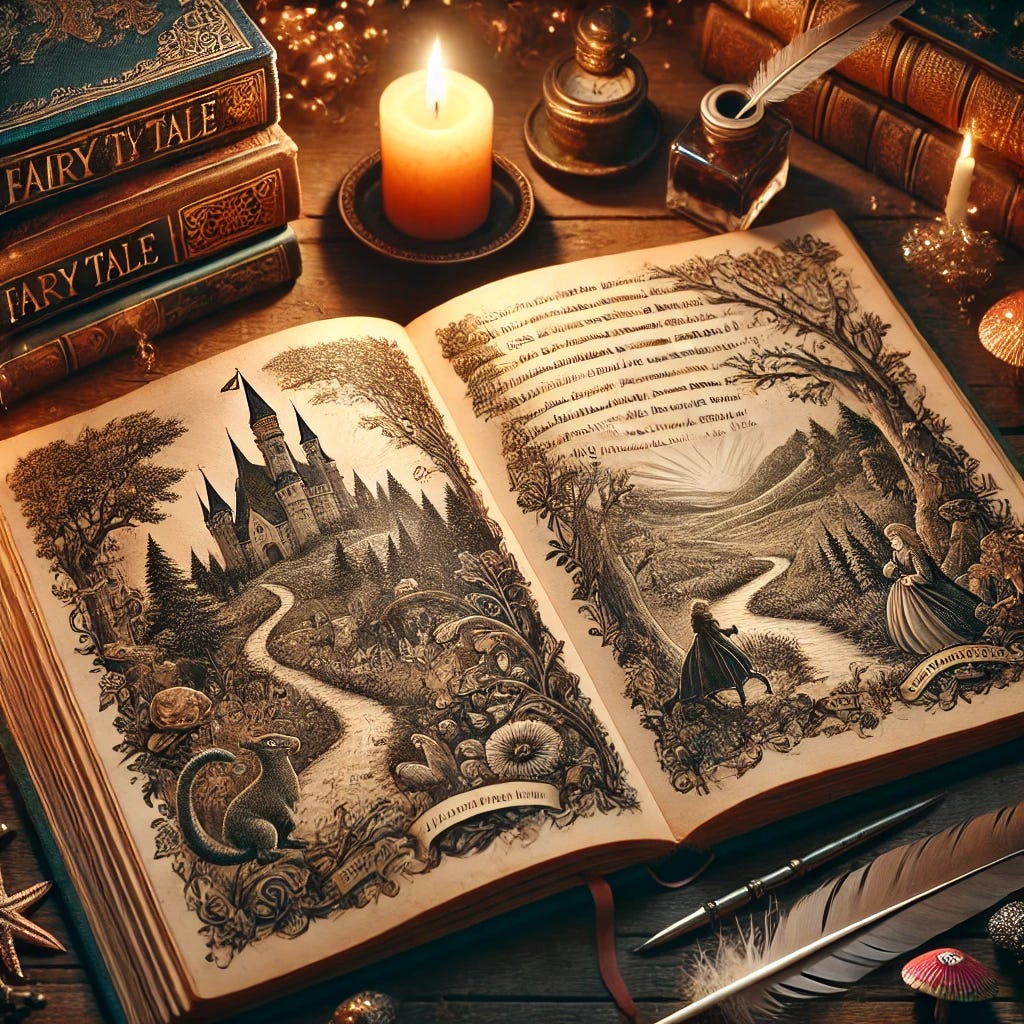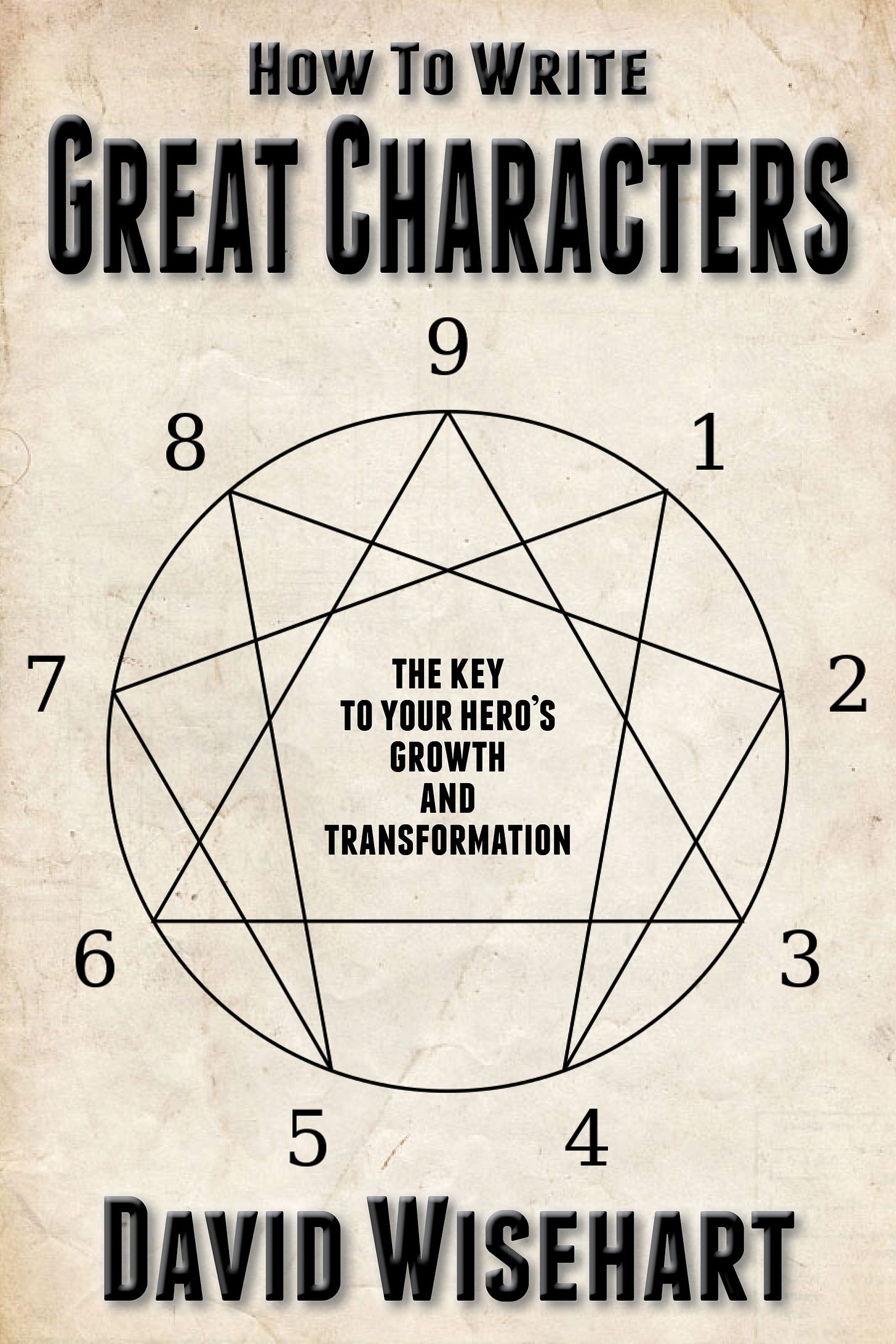My favorite simple definition of story is:
“Somebody wants something and has a hard time getting it.”
There’s a lot of information there, so let’s unpack it.
Character
The first part is:
“Somebody…”
This is the protagonist of your story, the central character, usually a person or something personified. It can be a toy or an object, an animal, a god. It doesn't have to be human being, but has to act like a human being so that we will recognize it as a person, as a somebody, as the protagonist.
Desire
“Somebody wants something…”
The protagonists is a person in your story who wants something. If the person does not have a strong desire that is central to the story, then that person is not the protagonist.
You can think of this “want” as the main character’s story goal.
There’s actually two parts here. There is what the character wants and what the character needs.
The character knows what they want. That’s what is driving the story, driving the plot.
However, they may not know what they need. Very often in a story, they won't know what they need. It’s under the surface. It’s hidden.
However, the audience should be a little bit ahead of the character on this. The audience will often know what the character needs, or intuit what they need, before the character does.
The audience is going to be rooting for the character to understand what they really need, whether or not they agree with what the character wants.
The underlying need can be subconscious.
At the the end of the story, the character may or may not get what they want, but in a happy ending, or a bittersweet ending, they will get what they need.
Conflict
The next part is:
“Somebody wants something and has a hard time…”
These are the obstacles. We’re going to put a lot of obstacles in the way of our hero getting what they want.
We’re going to make things very difficult. We’re going to give them a lot of conflict. Maybe some traps and reversals, things like that.
These are the plot points. We tend to think of this “hard time” in terms of plot points, because these are the events that turn the story
Another way of thinking of this is “try-fail cycles.”
A character is trying to get something that they desperately want. They try and they fail. So then they try something else, and fail.
This cycle repeats over and over.
If you’re writing a short story or a short film, you may only have a single try-fail cycle. If you’re writing a feature screenplay or a novel, you will have many try-fail cycles. Each and every scene could, and probably should, have a try-fail cycle.
Typically, a hero will try the easy things first.
Maybe your hero has a problem, and they call the cops. But the cops fail to arrive in time, which creates more problems for your hero, who has to try another solution.
Or the cops do arrive, and the hero tries to convince them of what happened, but the cops don’t believe the story, so instead of helping the hero they arrest him.
Fail.
And so on.
Pretty quickly, your hero is going to exhaust all the things that the they would normally try.
Then what?
They will have to stretch themselves, get out of their comfort zone, and go to some extraordinary lengths to get what they want.
They’re going to have to think outside the box or rise to another level or find some inner strength or do something clever.
In each of these cases, the character is trying to reach his goal, maybe through a series of mini-goals, but by trying different things. They are making attempts beyond the first two or three things that anybody would think of, like just calling the cops.
And in these try-fail cycles, we get to watch the character change and adapt in their struggle to rise to the challenge.
Okay, so the hero is having a hard time. That is the meat of the story. As the audience or reader of the story, we are following the character's journey as they try to get what they want, and eventually get what they need.
Resolution
The last part is:
“Somebody wants something and has a hard time getting it.”
This is the resolution.
The main character either gets they want, or they don’t. They get what they need, or they don’t.
In commercial storytelling, the protagonist should probably always get what they need. They may or may not get what they want. They may decide that in the end, “You know, I wanted this, but now I realize that what I really wanted all along was this thing other that I didn’t know I needed.”
This kind of ending works because the character changes from one value system to another, usually a lower to a higher system of values: “I wanted money and fame, but now I know that what I really needed all along was love and family. I’ve learned that there’s no place like home.”
Validation Scene
Another important aspect to the above story formula is the period at the end of the sentence.
That tells the reader that the story is over.
After the resolution or climax, most successful stories have a final scene that shows the new order of things, or the old order restored.
This is the denoument or the validation scene.
For example, the medal ceremony at the end of the original Star Wars movie.
If the resolution of the story is a wedding, the final scene might be the honeymoon.
If the climax is a western gunfight, where the hero shoots the villain, the validation scene might be a friendly card game in the local saloon.
And so forth.
So that, in a nutshell, is what a story is.
My “Character Secrets” system offers a unique approach to the Enneagram, charting a character’s journey through fear, conflict, and transformation.
If you want to enrich your writing, then join me in exploring these character secrets on my Substack. Together, we’ll plumb the depths of human personality to write characters who resonate, inspire, and endure.
Take Your Writing to the Next Level
If you enjoyed this post and want to dive deeper into the art of creating unforgettable characters, consider becoming a paid subscriber.
Most of my posts are free for one week, after which they are archived behind the paywall. With a paid subscription, you'll gain exclusive access to the newsletter archives, instructional videos, zoom calls, and more.
Elevate your storytelling craft by joining our growing community of likeminded writers.
Want even more?
How to Write Great Characters: The Key to Your Hero's Growth and Transformation is your quick-and-easy guide to mastering character creation.
Grab your copy today and start writing great characters.
📚 Get the Book and transform your writing journey.
Thank you for reading and supporting my work—it means the world to me!



